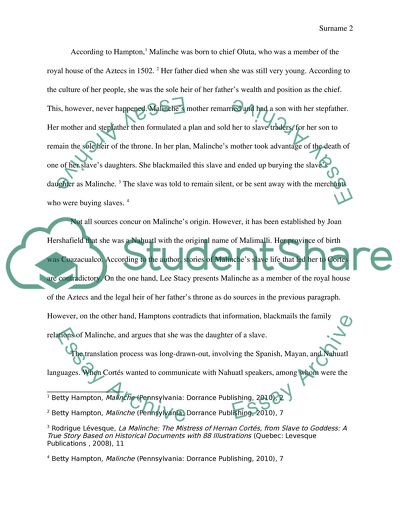Cite this document
(“Malinche Research Paper Example | Topics and Well Written Essays - 2000 words”, n.d.)
Retrieved from https://studentshare.org/history/1471172-malinche
Retrieved from https://studentshare.org/history/1471172-malinche
(Malinche Research Paper Example | Topics and Well Written Essays - 2000 Words)
https://studentshare.org/history/1471172-malinche.
https://studentshare.org/history/1471172-malinche.
“Malinche Research Paper Example | Topics and Well Written Essays - 2000 Words”, n.d. https://studentshare.org/history/1471172-malinche.


